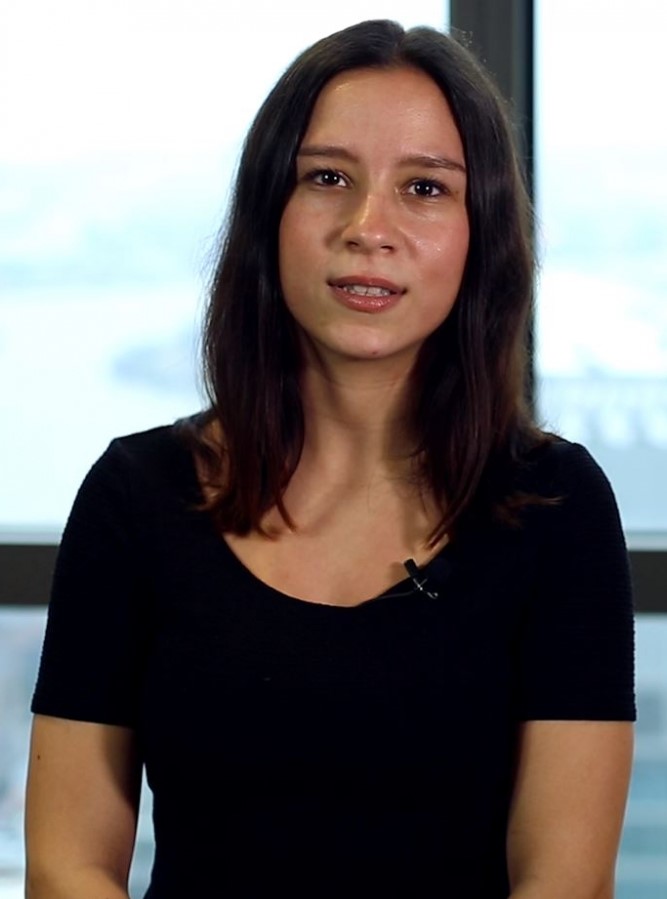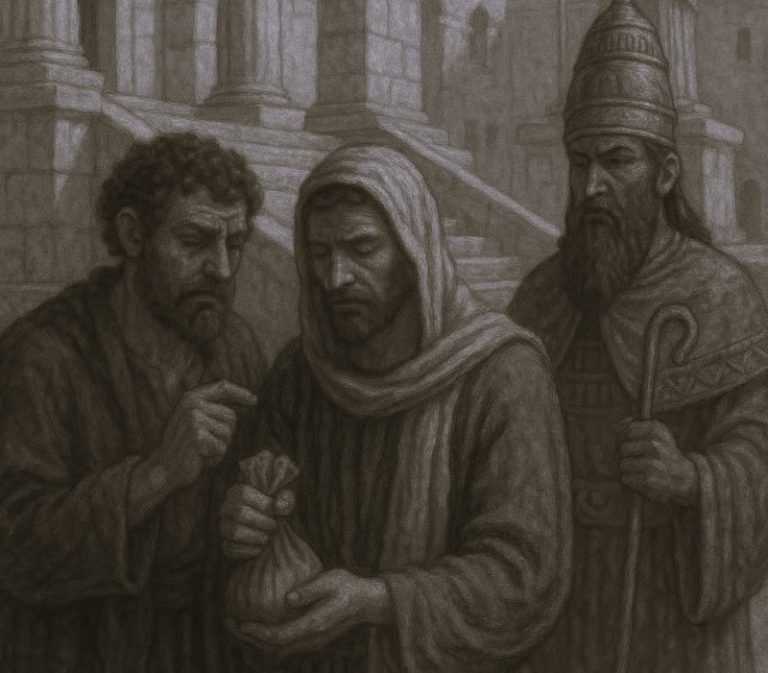


By Ludovica Iaccino
Introduction
The scorching sun illuminates the golden rocks scattered across the Erongo region, in central-western Namibia. Yellow mountains, typical of this area, envelope a small, fictional village that attracts plenty of tourists every year.
A group of women and children gather in a semicircle, chanting traditional songs from their ancestors. Tourists with flashing cameras hanging from their necks smile at them and clap their hands, others film their performance on smartphones. What could be mistaken for an intrusive form of tourism is actually a business started by locals.
A short man dressed in an animal skin costume, typically worn by his ancestors, welcomes tourists in perfect English, bridging the gap between visitors and his fellow countrymen. The feeling of stepping into both a traditional bushmen village and the set of a movie is confusing. Yet, San people, a highly marginalised ethnic group in Namibia, have found a way to keep their traditions alive. All before the mesmerised eyes of paying visitors.
Living Museums
Here at the Ju/’Hoansi-San Living Museum – set on a private land that houses the Omandumba farm – the men and women wearing the traditional clothes are actors whose performances are paid for.
The San, also known as “Bushmen”, are a hunter-gatherer indigenous group that inhabits southern Africa, in areas spanning Botswana, Namibia, South Africa and Angola. Anthropologists believe they are the oldest groups in the area, tracing back their origins to at least 20,000 years ago.
Today, many San groups no longer live in the bush. Forced resettlements during the colonial era and, more recently, safari companies, have uprooted San groups from their ancestral lands, decreasing their ability to be self-sufficient and threatening their heritage, according to the NGO Survival International. Many are adapting to a modern life although some don’t have access to electricity, running water or technology.
The museum is a private educational institution without any external financial aid – says a leaflet – and, as such, princes are not negotiable.
“The aim of the museum is not to get people back to live like they did centuries ago. The actors are not living like this anymore, they do lead modern lives,” Kathrin Dürrschmidt, from the Living Museum Foundation, told Words in the Bucket.
“On Omandumba, the San are staying in a house close to the museum. The actors there change every three months so that they get home to their families, whilst the next group performs,” she continued. Short visits at the museum last about 30 minutes, but for N$600 ($41) visitors can spend an entire day with the group and learn more about their vast and often neglected culture. Tourists also have the option to witness traditional hunting techniques and visit ancestral places, rich in century-old rock paintings and carvings.
Acting to Keep Traditions Alive
Living museums – there are plenty across the country – have become a sustainable communal business that allows disenfranchised communities to earn a living, keep their culture alive and connect with younger generations usually more prone to embracing modern lives and forget the connection to nature that has characterised the San for millennia.
“Living museum help to bring back the pride of the San”
Kileni Fernando, co-founder of a San youth organization, //Ana-Jeh San Trust, and coordinator of the Namibia San Council (NSC), tells us that living museums are a great way to keep her people’s traditions alive, in the face of land grabbing and a loss of connection to ancestral lands.
“[During] the migration of the Bantu people in Namibia, the Bantu chased the San out of their territories. When the white colonialists came along, they further grabbed land from the San and the Bantu,” she told Words in the Bucket.
“[They] erected fences making commercial farms, leaving only small portions of land for the San and other Bantu speaking people. The areas allocated to us and some of our livelihood [are] limited and hunting is prohibited [except] for the San in Naye Naye. Today, Tsumkwe is the only area where the San have their own land, but the rest live on resettlement farms, working under either Bantu farmers, or white farmers.
“Living museums [are] the best way to preserve our culture and to educate our younger generation about our history and cultural practices. Living museum help to bring back the pride of the San. They will be proud of who they are, and preserve their culture for future generation[s].”
Acting to Make a Living
In addition to isolation, San and other communities in Namibia are facing a severe drought, the worst in decades. At least 500,000 people – or one in five Namibians – have been affected and more than 60,000 animals have died since the start of the year.
Earlier in 2019, President Hage Geingob declared a state of emergency – the second in three years – and appealed to the international community to come together to help the country, which imports most of its food items from nearby nations, particularly from South Africa.
In this context, disenfranchised and often isolated communities can struggle to access goods and services. Deprived of their traditional way of living, remunerative activities like the living museums can be an alternative way to make a living, as proceeds benefit the local community.
Originally published by Words in the Bucket, 11.28.2019, under a Creative Commons Attribution-NonCommercial-NoDerivatives 4.0 International license.






